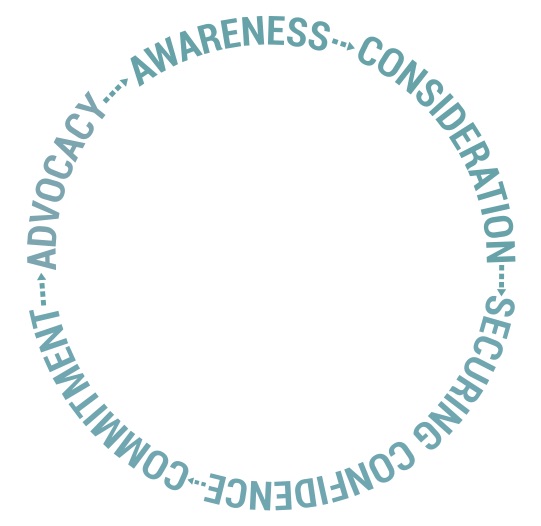
As the myopia epidemic rises—prevalence in the U.S. has grown to more than 40 percent and has been predicted to be more than 50 percent by 20501—now is the time to think about a myopia management specialty for your practice. Two experts share their advice, and actions you can take, to create a myopia management specialty.
Nicholas Despotidis, OD, FAAO, FCOVD, FIAO shared 12 actions that he says are integral to achieving success in building a myopia management specialty in the Review of Myopia Management2. Here are a few to get you started.
- Take the time to engage patients. “Show you care by taking time to answer the many questions that parents have concerning myopia management. This often is a new option for parents. To your patients, show how you are different and special. A big part of that is allocating adequate time and resources. If you try to squeeze specialty care patients into your busy schedule, you will fail at myopia management. You will succeed when you take time to engage patients, and they will refer friends and family members.”
- Know your demographic. “Recognize nervous parents who are concerned about their children. There also are guilty parents, who view myopia as a disease and haven’t done enough to help their children.”
- Parents are mostly unfamiliar. “Parents were (are) unfamiliar with myopia management as a corrective option for their kids. They expect eyeglasses or contact lenses… Today, I recommend a separate consultation for their child to determine what option is best. I explain that if they’re interested in managing their child’s myopia, there are options but further testing is necessary.”
- Email patients after the consult. “After a lengthy consultation, parents need to go home and digest the information provided during their visit.”
Jennifer Qayum, OD says that myopia management is now a growing segment of her clinic at Children’s Mercy Hospital in Kansas City, MO.3 “I have four slots a month designated for new myopia management patients, and we are currently booked out for approximately six months.” In the Review of Optometric Business, she shares key points to remember as you build your myopia management specialty.
- Myopia management is something parents want to learn about. “You may advertise on your practice website and on social media that you offer myopia management treatments, but many parents still will not ask you about it. They may forget or may assume their child’s level of myopia is not significant enough for treatment. It is up to you as the doctor to educate all parents with children whose myopia could benefit from treatment, including the eye health risks that myopia poses.”
- An unbiased and educational approach. “I also always remind parents that we cannot reverse the myopia their child already has. After discussing these facts with parents, I then discuss treatment options…” “I keep the conversation and education as unbiased and evidence-based as possible, presenting facts and statistics from studies. By doing so, the parents can make an informed decision about treatment options.” Treatment options include multifocal contact lenses, orthokeratology contact lenses and pharmacological interventions, which are not currently FDA approved.
As you discuss myopia with parents, they’ll likely want to learn more and will have follow-up questions. A great way to help a parent leave feeling confident and informed is with additional material. Have a brochure on-hand in your office, or email patients as a follow-up.
It’s likely that kids who are entering myopia treatment will have questions about their vision health too. It’s great to involve them as much as possible in the process. We created a series that connects kids who are in myopia treatment to eye care professionals, so they could ask their most important questions. Check out the MyMyopia Kid Correspondent series below.

Tags: myopia, talking to patients, myopia management, myopia management specialty, patients
